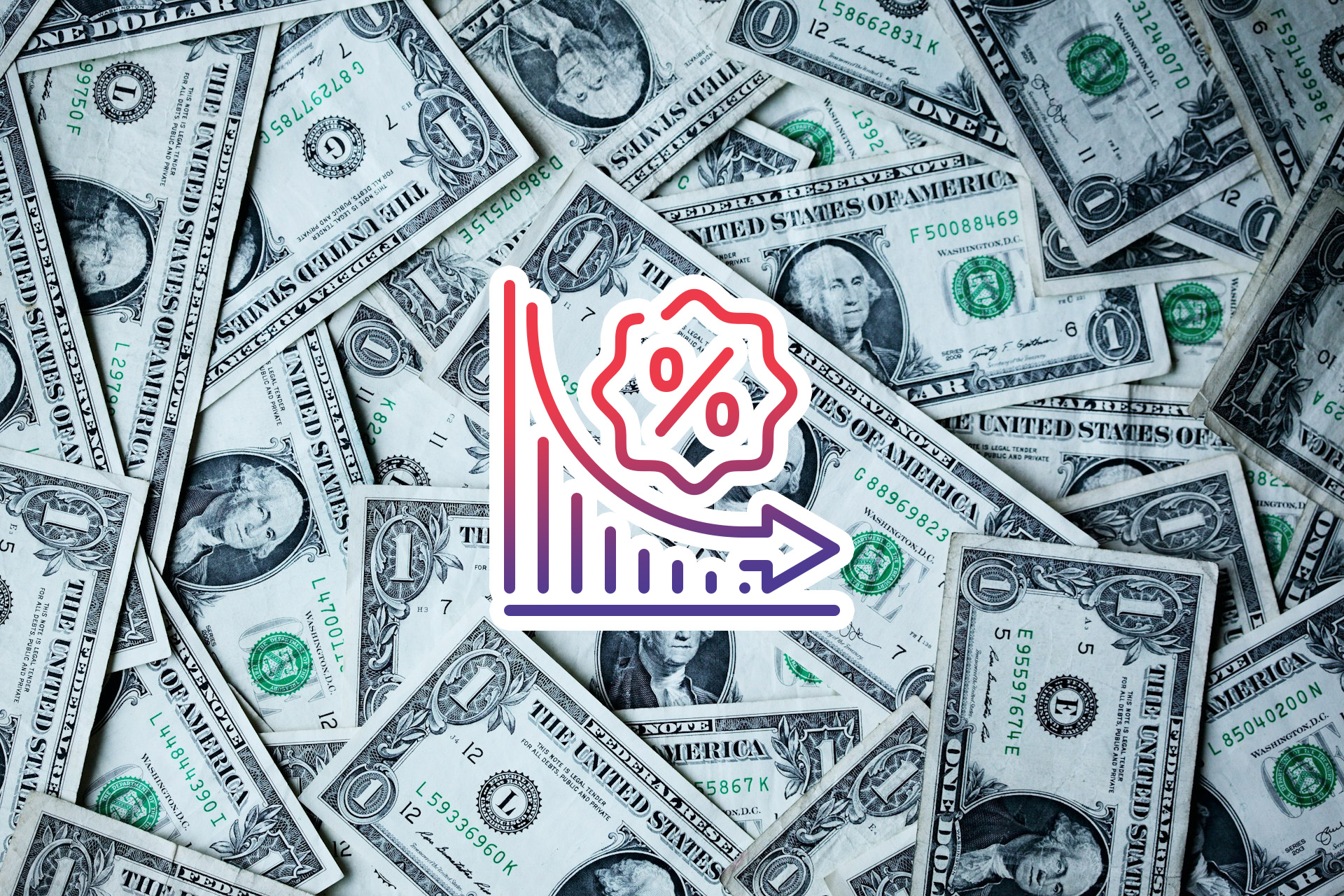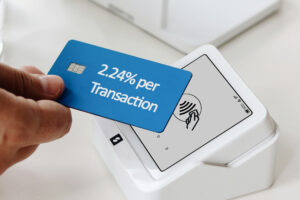With inflation cooling and the economy stabilizing, the Federal Reserve is signaling potential interest rate cuts in 2025. If you’ve got credit card debt, loans, or even a savings account — this shift could directly affect your wallet.
But what does a rate cut really mean for your money? Let’s break it down.
What Is a Federal Interest Rate Cut?
The Federal Reserve sets the federal funds rate, which influences how much banks charge each other to borrow money. When the Fed lowers this rate, borrowing becomes cheaper — and banks usually follow by lowering rates on credit cards, loans, and mortgages.
These changes don’t happen overnight, but they can trickle down to consumers over weeks or months.
1. Credit Cards: Slight Relief, But Don’t Wait
Most credit cards have variable APRs tied to the prime rate, which moves in step with Fed decisions. So when the Fed cuts rates:
- Your credit card interest rate may drop slightly
- But it often takes 1–2 billing cycles to show
- The average drop is 0.25%–0.50%, depending on your issuer
What to do:
If you’re carrying a balance, even a small rate drop helps — but don’t wait. Now is still the time to pay down debt aggressively, or transfer to a lower-interest card if possible.
2. Auto Loans and Personal Loans: Lower Rates Could Be Coming
Lower interest rates make financing big purchases slightly cheaper — especially for auto loans and personal loans.
What to expect:
- Lenders may offer lower APRs on new loans
- Loan approval may loosen slightly
- Great time to shop around or refinance high-interest personal loans
Tip: If you’re planning to buy a car this year, waiting for another Fed cut might work in your favor — but don’t delay if prices or demand are rising.
3. Mortgages: Big Savings Potential Over Time
Mortgage rates are influenced by many factors, but they often move in anticipation of Fed decisions.
- Refinancing may become more attractive if rates drop enough
- First-time buyers could see more affordable monthly payments
- Still, housing prices and supply remain major factors
Tip: If you bought a home during peak interest rates (2022–2023), keep an eye out. Refinancing even 1% lower could save you thousands over the life of your loan.
4. Savings Accounts and CDs: Interest May Decline
This is the downside of rate cuts — yields on high-yield savings accounts, CDs, and money market accounts may drop.
That means:
- Your APY may fall from 4.5% to 4% or lower
- New CD rates may be less attractive
- Your savings grow slower, especially short term
What to do:
- Lock in a longer-term CD now if you want to preserve current rates
- Don’t move emergency savings into risky investments chasing yield
- Focus on debt payoff or short-term goals if savings rates decline
5. Student Loans: Depends on the Type
- Federal student loan rates are set annually and won’t change mid-loan
- Private student loans with variable rates may get a slight drop
- Refinancing opportunities may improve with better rates
If you have private loans at a high rate, it could be worth shopping for a refinance offer later this year.
How to Adjust Your Strategy
📉 If you’re in debt:
Use lower interest rates to pay off faster — less interest means more of your payment hits the principal.
📈 If you’re saving:
Keep saving, but expect slower growth. Consider diversifying into short-term bonds, CDs, or savings apps with better perks.
🔁 If you’re refinancing:
Compare multiple offers, but wait for at least one more rate drop before locking in long-term loans.
Final Thought
A Fed rate cut isn’t instant magic — but it creates a ripple effect that touches everything from your credit card APR to your mortgage rate. Knowing how to adjust your strategy can save you money and help you make smarter financial moves in 2025.




